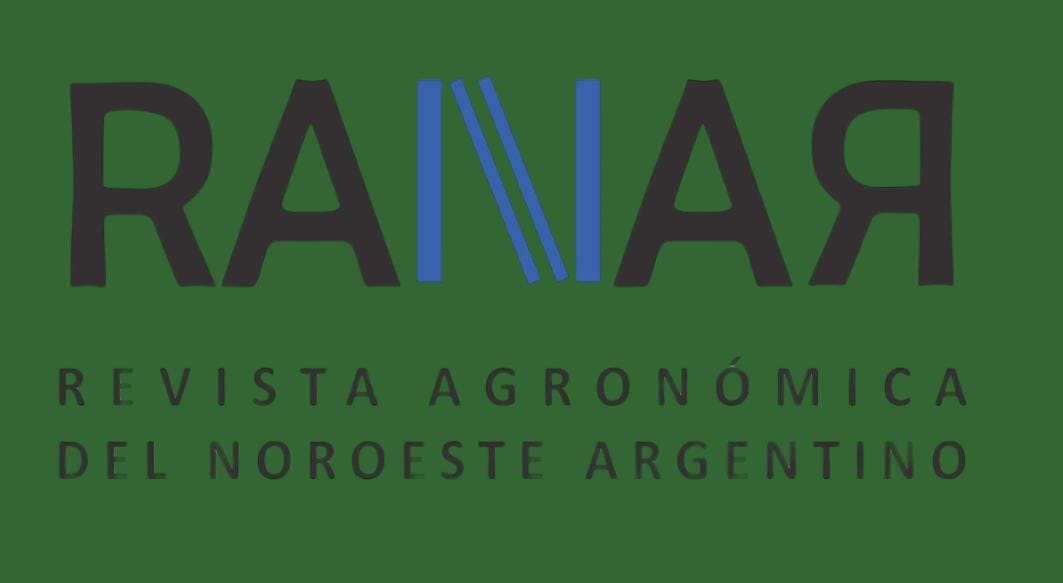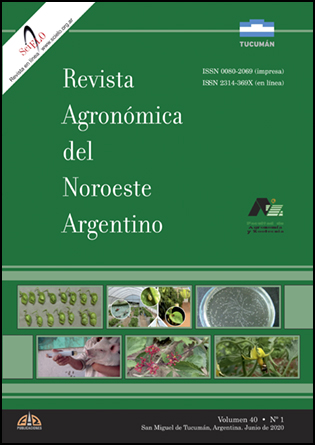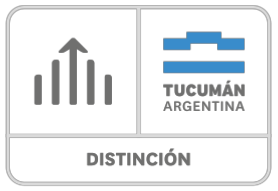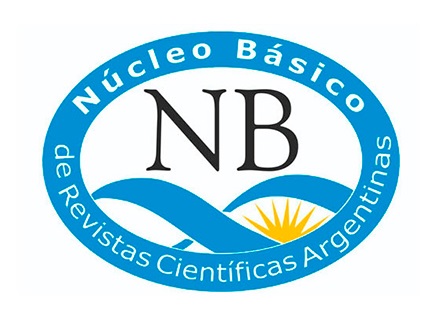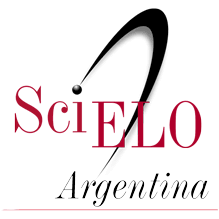Production and greenhouse gas emissions evaluation in two contrasting bovine farming systems in the Argentine Chaco Seco
Keywords:
Cow-calf;, Productive evaluation, Greenhouse gasses, Chaco SecoAbstract
The current challenge of the Chaco Seco beef cattle system is focused on increasing production through intensification, without expanding the agricultural frontier towards natural ecosystems and reducing externalities. The aim of this study was to quantify the difference in live weight (LW) productivity and in greenhouse gases emission intensity of two contrasting cow-calf modules differing in their intensification level. This work was carried out at the Instituto de Investigación Animal del Chaco Semiárido (INTA) using two experimental modules and a simulation model. The
grazing cow-calf module (CrP) was based on a grazing system with a moderate stocking rate (0.64 cows/he/year). The intensive cow-calf module (CrI) used a grazing system, but supported by corn silage as supplement for cows, and a high stocking rate (1.66 cows/ha/year). Live weight production was 98 and 264 kg LW/ha/year for CrP and CrI respectively (Tukey; p < 0.05). Non-significant differences were found in the emission intensity, with values ranging from 16.5 and 16.0 kg CO2 eq/kg LW produced for CrP and CrI respectively. The Chaco Seco is a developing cattle region but with restrictions in the expansion of the productive surface, and this work throws evidence that it is possible to increase regional livestock production and decrease greenhouse gas emissions intensity.
